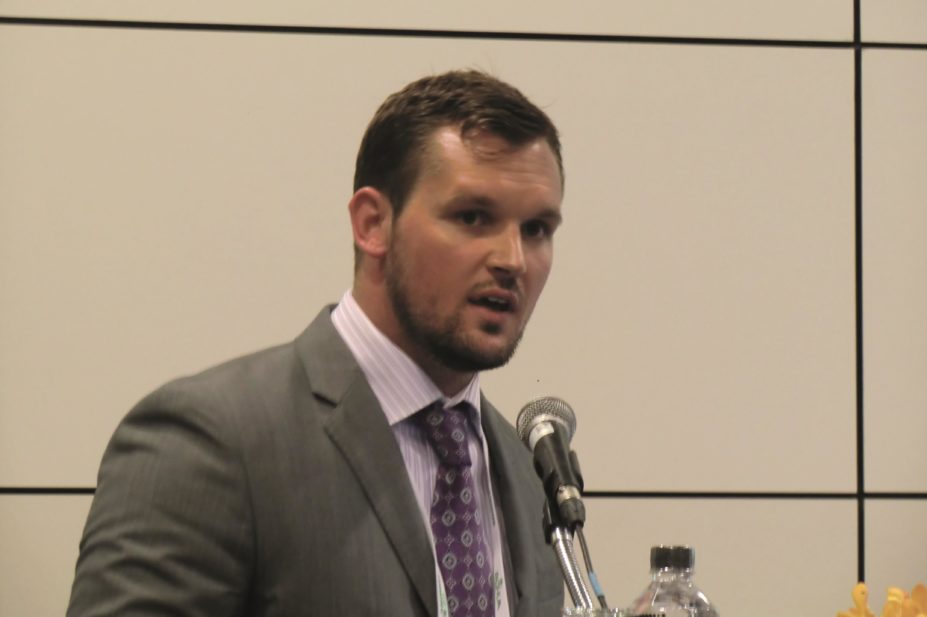
Social networks have created a new way for people suffering from mental illness to communicate with one another about their illness, according to Cody Midlam, clinical consultant pharmacist in geriatrics and palliative care at Duquesne University, Pittsburgh. Pharmacists could help these patients manage their illness better if they understood how and why they use these tools, he said at the 74th International Pharmaceutical Federation Congress in Bangkok on 1 September 2014.
Use of social networks
Midlam said the term “social network” has been used in psychology and sociology for quite some time to define a person’s family, neighbours and friends with whom they are socially involved. He defined a social network as a website where people connect to share personal or professional interests, citing examples such as Facebook, and healthcare focused social networks such as Patients Like Me.
Midlam noted that, as of January 2014, 74% of adult internet users are using social networks in the US.
It was suggested by Midlam that in most countries, mental health services are short on financial and human resources. There is a focus on raising awareness of mental health and social media offers an inexpensive way to reach many patients (e.g. health campaigns going “viral”).
He gave an example of “In one voice”, a campaign set up by Google using social media to spread awareness about mental health. Around 58,000 people visited the site, 223 personal videos were uploaded and 28,000 self-assessments for depression were made.
A Twitter hashtag #IWILLLISTEN, sponsored by the National Alliance on Mental Illness of New York City, was launched to help educate people about mental illness and dispel misconceptions.
Midlam said that individuals with mental illness are more likely to engage in social network activities that promote connectivity and making friends online. They are also more likely to report wanting resources on independent living skills and overcoming social isolation.
The advantages and disadvantages of mentally ill patients using social networks were described. Midlam suggested that sufferers of mental illness can find others with similar histories online (peers who “get” them). He also thought that social networking can improve social connectedness, decrease isolation and enhance subjective wellbeing through the practice of mutual feedback and self-disclosure. The downside is that negative behaviours may be reinforced in the community and it is hard to leave because the social network offers a sense of community. Midlam added that some sites promote unhealthy behaviour and, in some cases, self harm (e.g. #thinspo is a hashtag that promotes unhealthy eating habits among women).
The role of pharmacists
Midlam pointed out that websites that host online patient communities often gather data for pharmaceutical companies and advertise their products to users. He said that pharmacists have a role to play in providing accurate and non-biased information drug therapies and perhaps could even monitor social networks for cues for poor mental health.
He summarised by saying that pharmacists should be aware of the different social networking sites frequented and used by mentally ill patients, ask them about their use of social networking and encourage safe and responsible online behaviours.
